Eyes in the Sky: Drones Aid in Environmental Protection and Conservation
In the serene backdrop of ARC Lake just outside Soldotna, Alaska, environmental program specialists are embracing the dawn of a new era in conservation efforts. With hands-on drone controls, these pioneers from the Alaska Department of Environmental Conservation are demonstrating how technology can be a formidable ally in safeguarding our environment. As part of the department’s innovative fleet, these drones come equipped with cameras, thermal imaging, and water sampling capabilities, marking a significant leap forward in environmental management and protection, reports Alaska Public.
Harnessing Technology for Environmental Stewardship
During the crisp, cold mornings of Alaska, certified drone pilot Ryan Peterson and his team undertake flight training exercises, battling the harsh weather conditions to master drone operation. These drones, which face operational limitations in the wintertime, are integral to the department’s efforts in monitoring water quality and ensuring the proper discharge of wastewater. Peterson highlights the efficiency and cost-effectiveness of using drones for aerial imagery during construction projects, allowing for real-time data collection and infrastructure documentation without the need for constant surveyor presence.
A Bird’s Eye View on Spill Prevention and Response
The Soldotna office’s recent addition, Tessa Gottlob, represents the spill prevention and response division. With just one field flight under her belt, Gottlob is keenly aware of the drones’ potential in emergency situations. Drones can quickly assess and monitor oil spills, providing essential information on the spill’s extent and direction, thus optimizing response strategies. This aerial perspective not only enhances the department’s response capabilities but also helps in identifying leaks from otherwise undetectable sources.
Innovating for a Greener Tomorrow
The utilization of drones extends beyond individual departmental tasks; it fosters collaboration with partner agencies like the Environmental Protection Agency and the Coast Guard. Peterson, following in his forefathers’ footsteps, sees this technological advancement as an extension of his family’s legacy in aviation, geared towards environmental conservation. Drones offer a glimpse into the future of environmental management, where technology and traditional methods merge to create more effective, efficient, and sustainable conservation strategies.
Embracing Technological Frontiers for Environmental Conservation
Alaska’s Department of Environmental Conservation’s integration of drones into its operations is a testament to the potential of technology in enhancing our approach to environmental protection. As these environmental stewards navigate the skies, they not only streamline conservation efforts but also inspire a shift towards more innovative and sustainable practices. The skies over Alaska are not just a frontier for exploration but a canvas for demonstrating how technology can be harnessed for the greater good of our planet.
Read more about Alaska’s pioneering conservation efforts here.

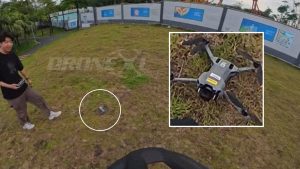
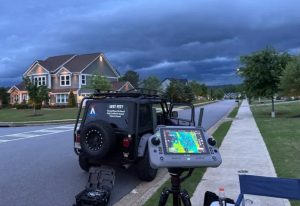

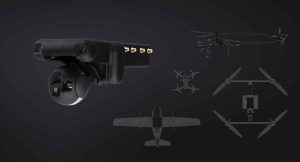
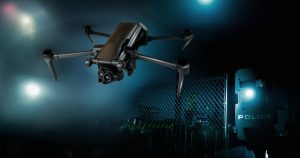
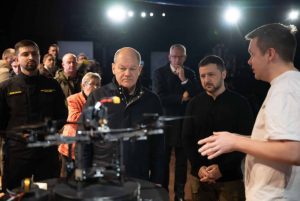

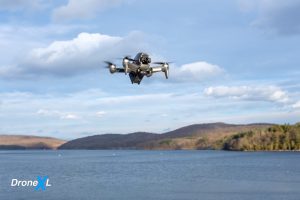
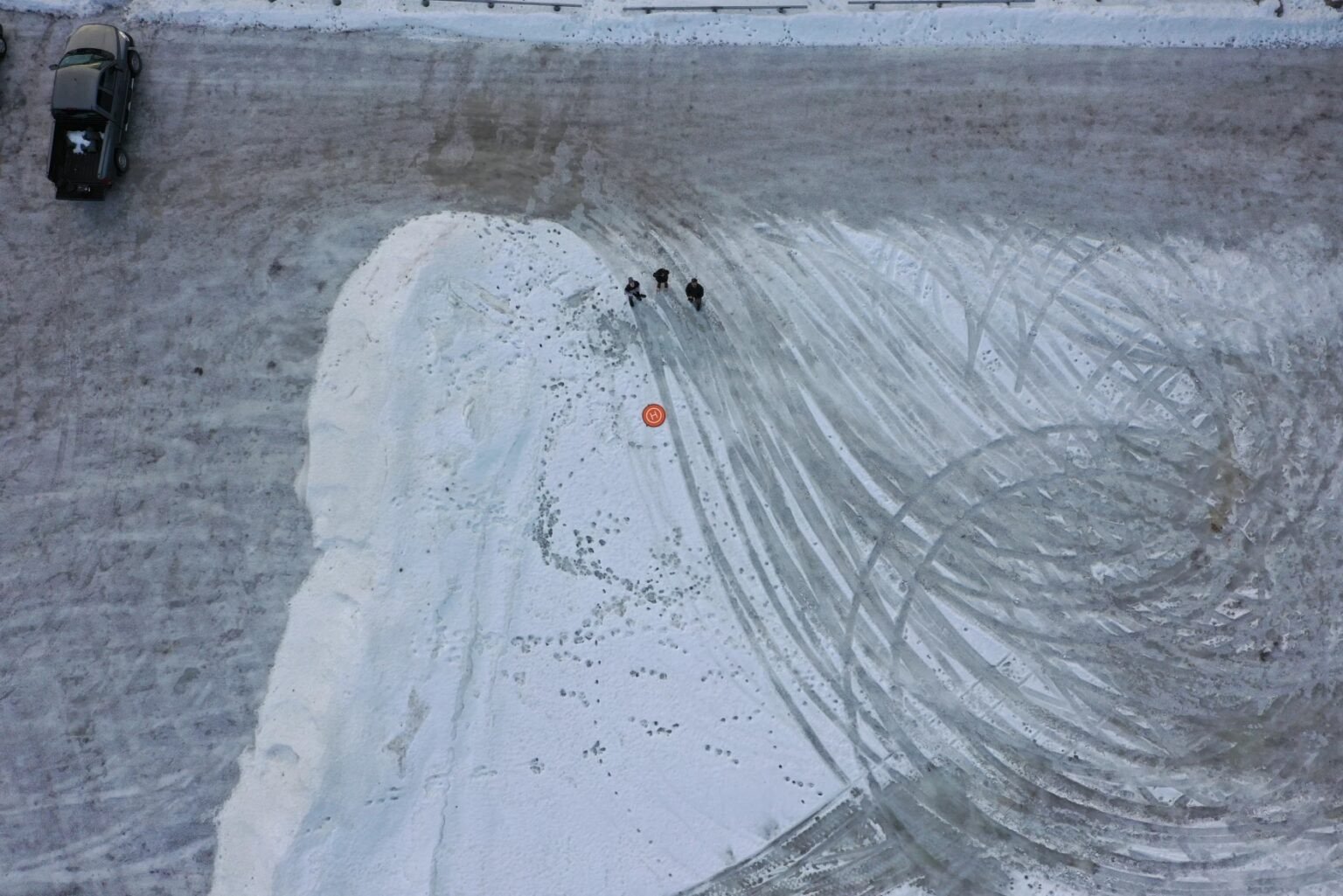



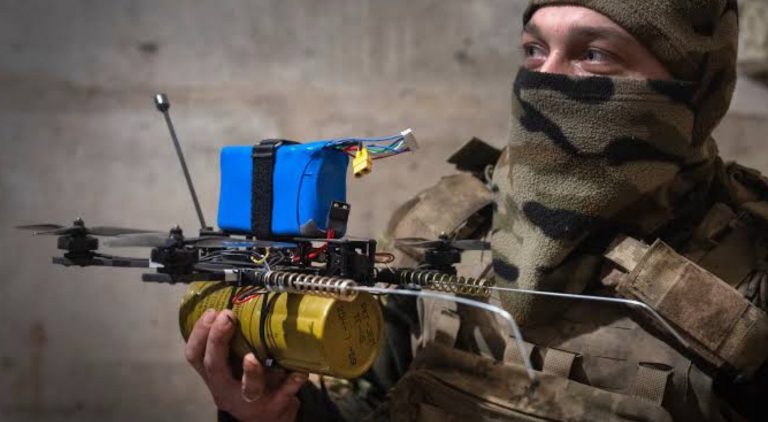
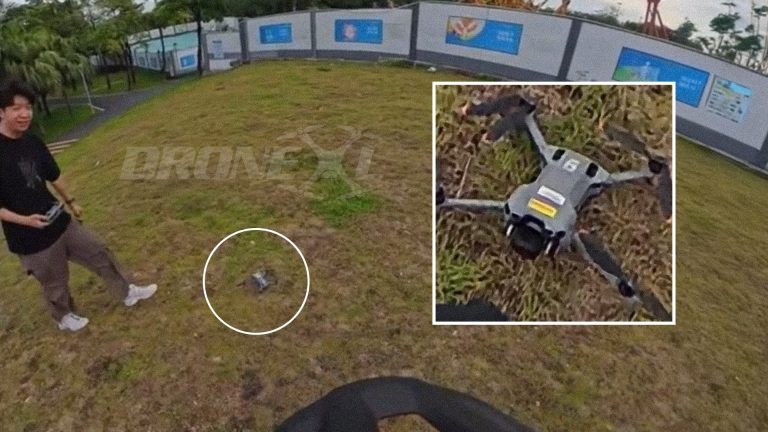


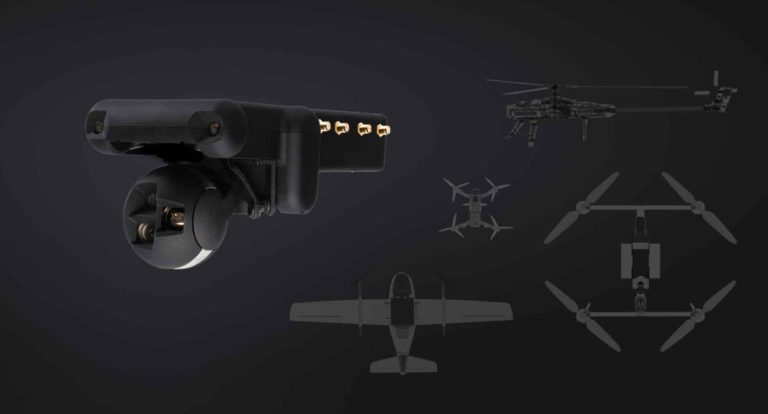
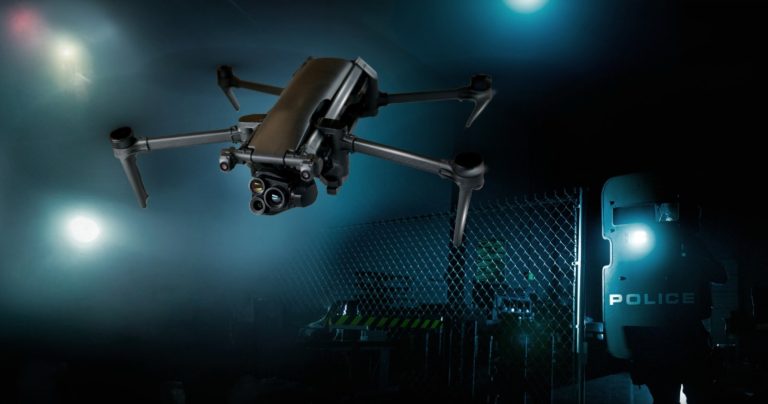
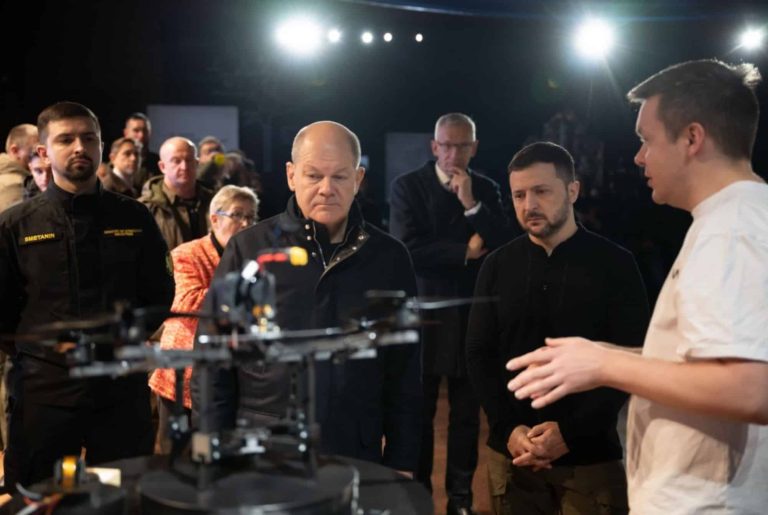

+ There are no comments
Add yours